Let’s be honest: the world of coffee is unnecessarily complex.
Menus are full of foreign words you can’t pronounce, different drinks come in all sorts of sizes, and you are too scared to ask the barista too many questions because the guy behind you in line has been muttering loudly about how he is late for work.
We get it. Ordering coffee can be stressful, but we are here to help.
Whether you are a coffee lover looking to discover a new drink or a coffee novice who is just trying to make sense of it all, this handy guide will prepare you to confidently order like a pro the next time you stroll into a coffee shop.
Support for this site comes from our readers, and this post contains affiliate links. Consider using the affiliate links below to help the StandbyWithMe team continue creating useful content for travelers like you.
Understanding Different Coffee Roasts
Light Roast: light roast coffee is, no surprises here, the lightest color of bean that has been deemed ready to drink. This occurs after what is known as the “first crack” which is an audible crack from each bean that coffee roasters hear during the roasting process. Expect light roasts to have more caffeine than darker roasts and to be slightly acidic (in a good way). This roast highlights fruity & floral notes in the coffee and is the best way to taste the terroir of the coffee bean’s origin. Cinnamon roast is sometimes used to describe light roast coffee beans that have been roasted a little bit longer but haven’t quite reached the medium roast mark.
Medium Roast: these beans (alternatively referred to as city) are roasted a little longer to achieve a more balanced and slightly sweeter taste. Medium roast coffee is what most Americans are used to; you will find this roast in popular house blends & breakfast blends across the country.
Medium-Dark Roast: this level of roast can be further broken down into a couple tiers that get progressively darker: city+ & full city. As the coffee beans continue to roast longer, the taste of the roasting process overshadows the coffee beans’ natural taste. This has the effect of replacing the acidic notes found in light & medium roasts with more dark chocolate-like bittersweet notes. The body of the coffee and the roasted aroma is much more pronounced at this level.
Dark Roast: These coffee beans have been roasted past the second audible crack that each bean makes during the roasting process. The most common labels found on dark roast are French roast (works well with French press) and the even darker Italian roast (which is what you will find used most often for espresso drinks). This is as far as a coffee bean should ever be roasted; any further and you will end up with burnt beans!
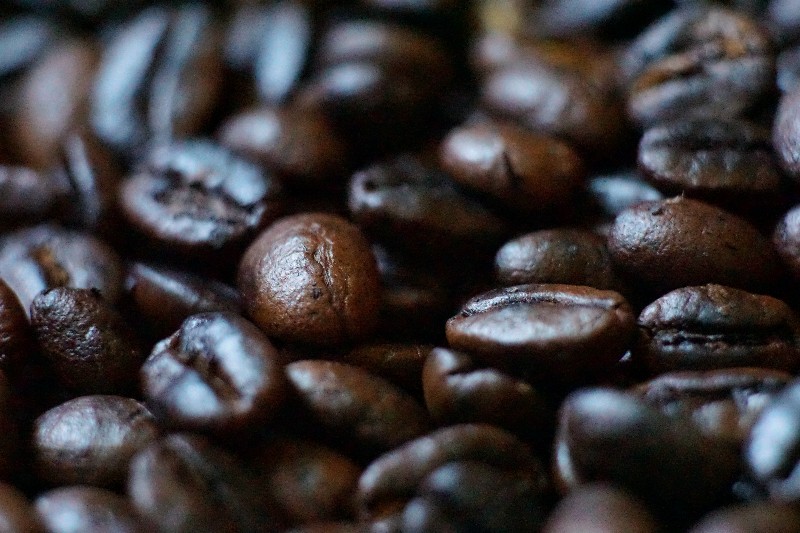
Coffee Brewing Methods
Espresso: pressurized water quickly shot through a compacted disk of coffee to produce a strong dark cup of coffee topped with crema.
Drip: a cup of house-brewed coffee poured from a large carafe. Generally the most frugal & quickest order at a coffee shop because it is brewed in large batches.
Iced Coffee: generally a cup of drip coffee that has been cooled down and served over ice.
Cold Brew: an immersion brewing method that takes 12+ hours of steeping coffee grounds in room temperature water to produce a concentrated brew. Cold brew is much stronger & less acidic than a conventionally brewed cup of coffee; it will generally be diluted by water or ice before being served. Cold brew is sometimes dispensed with the help of nitrogen gas (the same way a pint of Guinness comes out of the tap differently than other beers) to produce a smoother nitro cold brew.
Slow Drip (a.k.a. Kyoto-style): not at all related to the similarly named regular “drip” coffee, slow-drip is produced by a multi-hour dripping process facilitated by a dripping valve that produces a brighter-tasting coffee concentrate than cold brew.
French Press: an immersion brewing method that produces a rich & full-bodied cup of coffee. Generally favors darker roasts of coffee.
Pour Over: any of a number of filter brewing methods that require hand-pouring hot water over a bed of ground coffee. The filter method produces a thinner, brighter cup of coffee. Below are a few of the most popular pour over methods and what you can expect from each one:
- V60: The legendary cone-shaped Hario V60 is used by top baristas around the world and produces a bright & rich cup.
- Wave: the flat-bottom Kalita Wave produces a consistently great cup of coffee. The straight-forward consistency of this pour over method is cherished by many home baristas.
- Chemex: the gorgeous glass Chemex uses a thicker filter than the V60 & Wave so you can expect a thinner, tea-like mouthfeel that highlights the floral notes of coffee beans.
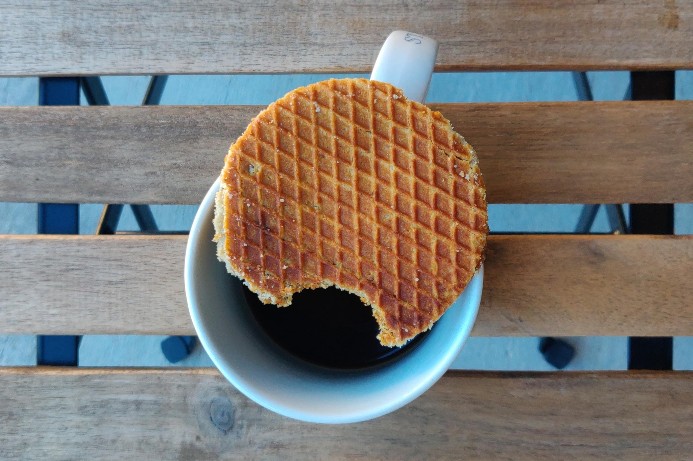
What’s the difference between coffee and espresso?
First and foremost, the word is “espresso” not “expresso”. A common mistake to make, but make sure you get it right so you can bask in your own smugness everytime you utter the word “espresso” from your own lips.
Let’s address what espresso truly is. Espresso isn’t a special type of coffee bean (though coffee roasters will produce a special blend or roast profile specifically for making espresso). Espresso is a specific way of preparing that requires something that your average drip coffeemaker cannot produce: pressure.
The result of shooting pressurized hot water through a tamped disk of finely ground coffee beans results in a wonderfully complex shot of espresso topped with a thin layer of crema that cannot be produced by any other extraction method.
Espresso also has the added benefit of being the quickest way to produce a cup of coffee. While shaving a couple minutes off the brew time doesn’t make much of a difference when you are brewing at home, those minutes begin to add up for the cafe baristas handling dozens of customers every hour.
Shots of espresso are the base of the vast majority of popular coffee drinks that you might order at a cafe.
Different Types of Espresso-based Drinks
When it comes to ordering a round at your local coffee shop, espresso is king. Whether you are visiting the nearest Starbucks or your local neighborhood coffee shop, you are bound to see the espresso machine behind the coffee bar being heavily utilized.
Ready to feel like you know what you are doing the next time you walk into a cafe? Use this list and you will be an expert in no time!
The Basics
Espresso: a single shot of espresso is generally equal to 1oz or 30ml. One of the simplest & cheapest offerings at a coffee shop.
Doppio: a double shot of espresso.
Ristretto: translates to “limited” because this espresso that is pulled faster than normal. Results in a smaller shot with a thicker, more concentrated taste.
Lungo: translates to “long” because this shot of espresso extracts longer than normal. Results in a larger & thinner shot with a slightly watered-down taste.
Americano: hot water added on top of espresso to bring the taste & volume closer to a “normal” cup of coffee that Americans are used to.
Long Black: espresso added on top of hot water. Tastes nearly identical to an Americano because they both are made of the same ingredients that are added in a different order, but fans of the Long Black claim that adding the shot to hot water helps retain some of the espresso’s crema.
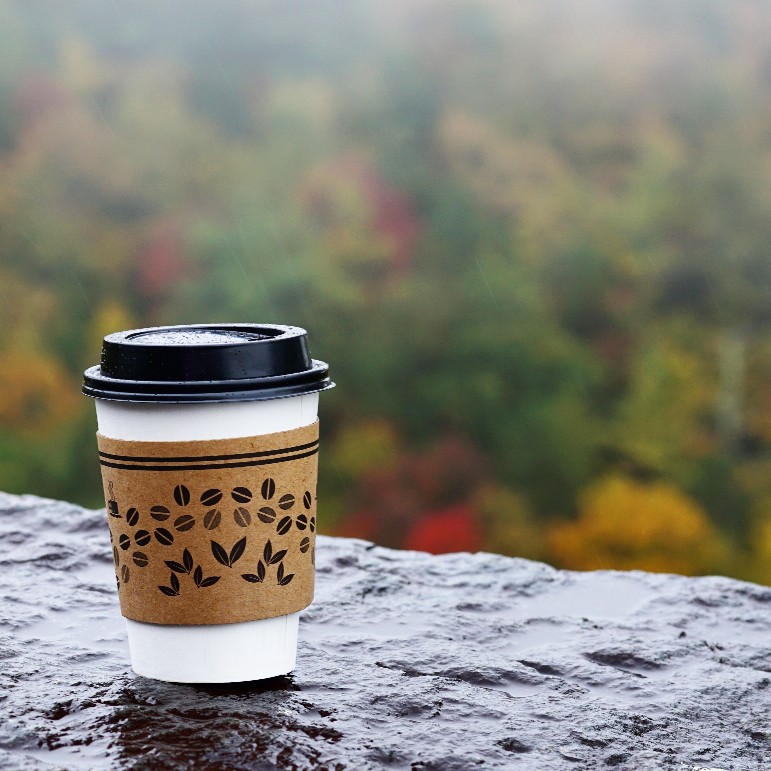
Milk/Cream-based Espresso Drinks
Cortado: espresso mixed with equal parts of steamed milk.
Flat White: espresso topped with roughly twice as much steamed milk.
Con Panna: espresso topped with whipped cream.
Cafe Bombon: espresso with equal parts of condensed milk.
Macchiato: espresso topped with milk foam.
Latte: espresso and steamed milk topped with a layer of milk foam. A latte will traditionally feature much more steamed milk than a cappuccino. (Cafe au Lait is synonymous with cafe latte in many parts of Europe, but coffee fans in the U.S. should note that American coffee shops generally prepare cafe au lait with drip coffee instead of espresso).
Latte Macchiato: adding a macchiato on top of steamed milk.
Cappuccino: espresso with equal parts steamed milk & milk foam (pro tip: don’t order a cappuccino after breakfast time to avoid the ire of your Italian friends)
Cafe con Leche: espresso and scalded milk.
Breve: espresso and steamed half-and-half topped with a layer of milk foam.
Sweetened Espresso-based Drinks
Mocha: espresso mixed with chocolate syrup and warm milk (can be served with or without milk foam)
Cubano: espresso sweetened with sugar.
Marocchino: espresso topped with cocoa powder and milk foam (may also be served with Nutella).
What about alcohol-infused coffee cocktails?
The wonderfully complex aromas & taste of coffee are intoxicating enough, but who can resist the allure of mixing that wonderful drink with their favorite alcohol for drinking later in the day?
The possibilities are endless, but here is a list of our favorite coffee-based cocktails to help inspire you to come up with your preferred drink.
Caffe Corretto: espresso with liquor (often grappa, brandy, or sambuca).
Irish Coffee: drip-brewed coffee and Irish whisky topped with cream.
Espresso Martini: espresso mixed with vodka, Kahlua, and simple syrup served up.
Bombon Borracho: a cafe bombon topped with dark rum.
Coffee Gin & Tonic: equal parts cold brew coffee, gin, and tonic mixed with simple syrup served over ice.
Siciliano: cold brew coffee, sweet vermouth, amaro, club soda, and simple syrup served up.
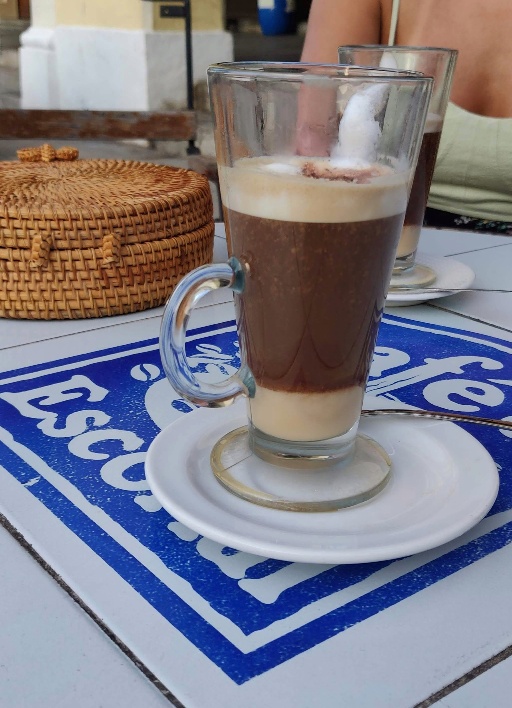
Final Thoughts
If you want to learn more, we highly encourage you to strike up a conversation with your barista and get to know their thoughts (as long as there isn’t a line building up behind you). Most baristas around the world are awesome people who love coffee, and they are more than willing to share their recommendations with anyone who is willing to lend them an ear.
Every coffee roastery & cafe has their own way of doing things, and the local roasters & baristas will be able to tailor their recommendations to you as long as you know what you are asking for.
If you made it this far, I now certify you a bonafide expert (in ordering coffee, that is). Now go out into the world with your newfound knowledge and impress that guy behind you in line by ordering something he has never heard of.Found a cool shop or a unique drink during your travels? Share it with us by tagging our Twitter account or Instagram profile so we can share it with our community!
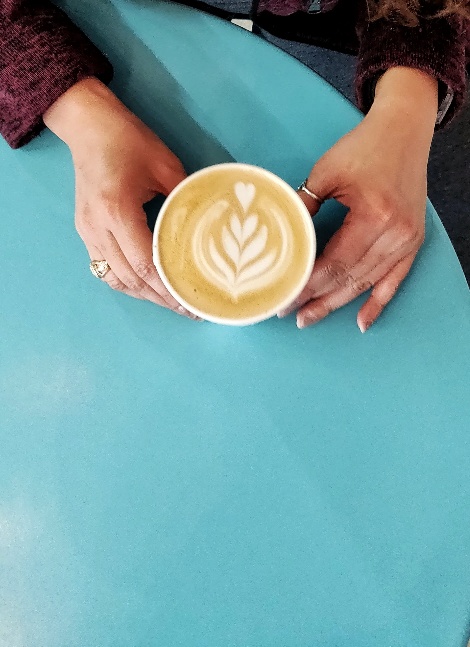
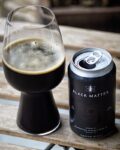

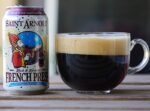
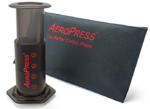
Very good post! We are linking to this great article on our site. Keep up the good writing. Christi Thibaud Maisey